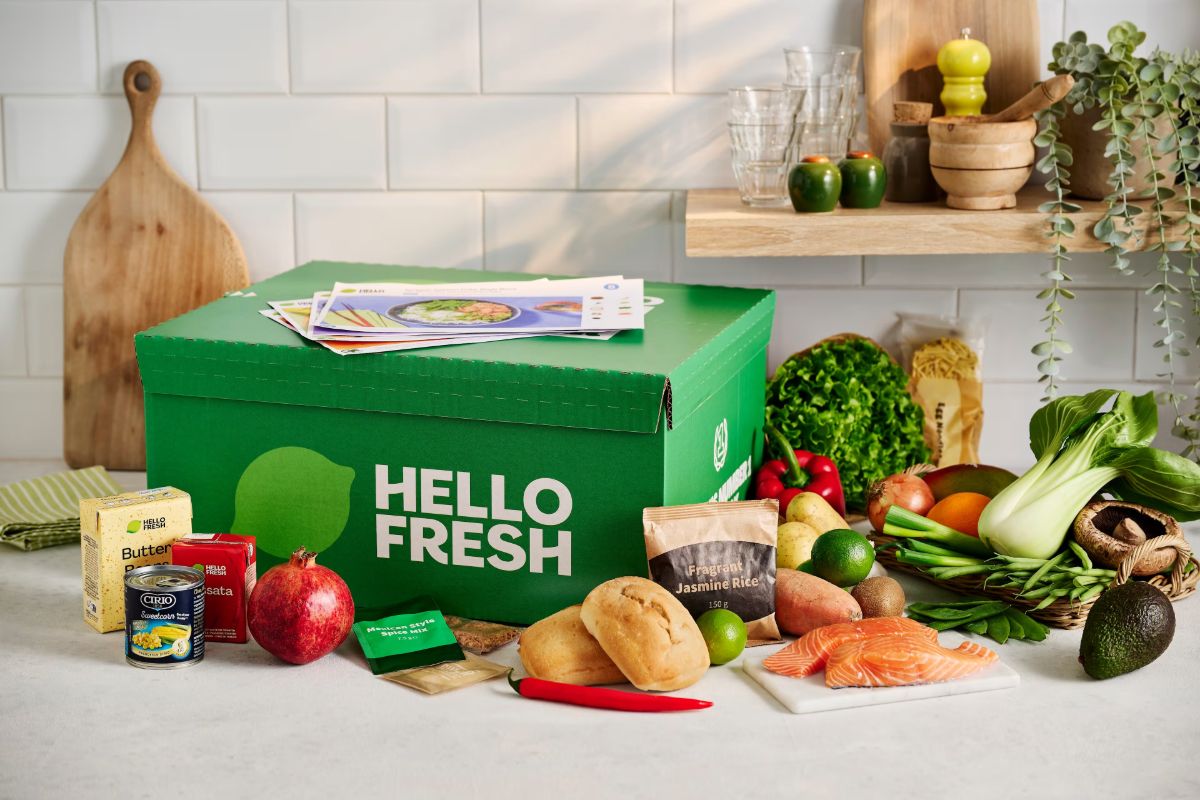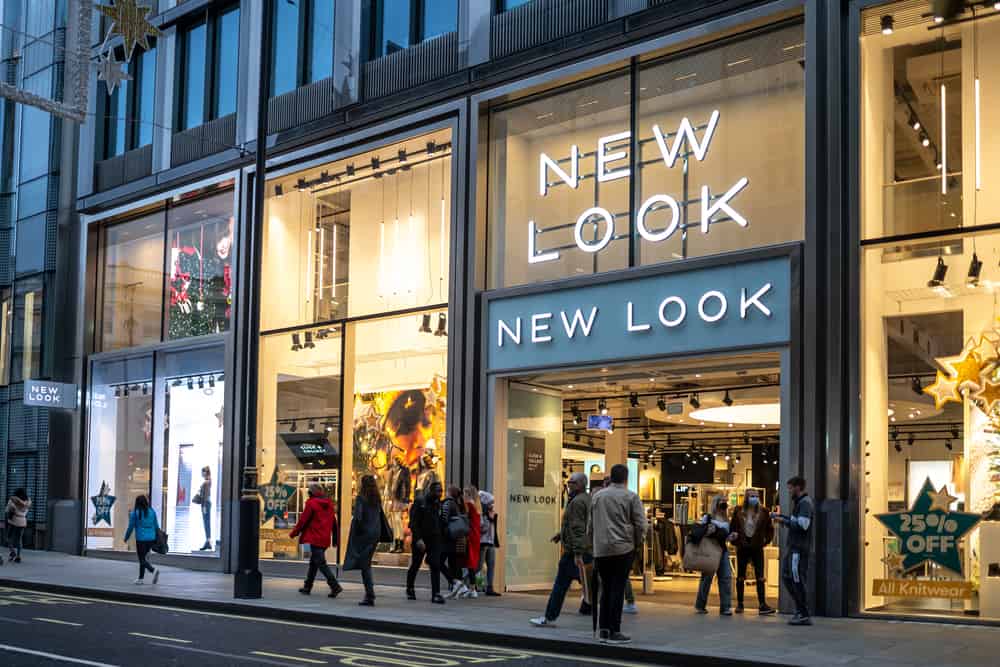There was a time when people went into a shop and asked a shop assistant for the things they wanted to buy. These were taken down from shelves item by item and passed over the counter to the shopper. Clothes shopping was a case of choosing material, being measured and the seamstress or tailor making up the required outfit, suitably stylish and made to measure. All of these services were completed with personable, professional chat as the shop owner in most cases knew the shopper, their family and their purchase history.
Of course times have moved on and retailing has changed from single shops to store estates stretching across the country, lights are now left on in shop windows so that passersby can see the wares, the cash register became an electronic point-of-sale terminal and we all became used to serving ourselves.
Digital though is bringing services back into stores. The most obvious requirement that omnichannel is placing on physical stores is an area for click and collect, according to the InternetRetailing UK Top500 Operations & Logistics Dimension Report. Department stores are most likely to offer click and collect as a service with 71% offering this fulfilment option. This is followed by apparel (68%), fashion (63%) and footwear (65%) retailers. Almost two-thirds (63%) of grocers also offer click and collect. The service is least commonly found amongst those trading in stationery, books and crafts, business goods and home, garden and DIY.
It’s one thing to expect a store to have space to hold a couple of parcels until the customer chooses to collect them but the popularity of click and collect has led to special holding areas having to be set up and processes put in place to ensure that the service offers a good experience for customers – as well as being easy and efficient for staff.
The Waitrose store network, for example, is used as a pick up location for 70% of John Lewis’s click and collect orders so the supermarket has looked closely at parcel storage and the process of parcel collection.
Marks & Spencer has carried out studies to ensure that its parcel collection areas are optimised for staff efficiency and for customer experience. In some stores, the parcel collection area is the highest value area of the store when viewed from an omnichannel perspective.
Digital in store isn’t just about click and collect though. It can also enhance the selling experience, helping staff to match the right product to the customer. Digital screens and kiosks are being used in store to show product to customers and enable them to view the full range of products available on the website. This endless aisle concept was shown to good effect by Marks & Spencer’s small store in Amsterdam.
Car showrooms, once located in out of town areas are being brought into shopping centres with digital technology enhancing the cars, the benefits of car ownership, entertaining shoppers and being used to explain technical differentiators and selling points.
ENHANCING THE STORE EXPERIENCE
Respondents to our survey were asked what other factors they thought are vital or important contributors to their digital store aspirations. Issues around technology, a single view of stock and WiFi were raised frequently. Other comments included:
“Broadband and WiFi connectivity. Same Payment and returns options on and offline.”
“Digital and mobile payments to replace cash decks. Click and collect and return facilities in-store and WiFi for consumer tracking and conversion purpose. Virtual fitting mirrors, in- store dynamic pricing and automated inventory offline.”
Volkswagen’s inaugural new store concept in Bullring takes “the joy of Volkswagen life” as its inspiration to connect consumers with the pleasures of car ownership. Through large digital screens and an editorial approach on large-scale magazine light boxes adjacent to each vehicle, the model’s provenance and usability is clearly communicated along with the wider brand story – both celebrating its heritage and promoting its future. An eclectic assortment of tactile objects trigger car-related stories to play and a button prompts illuminations and facts about the car factory and manufacturing processes to appear on the wall. Quotes from car owners, iconic adverts, branded video and aggregated social media feeds all feature in the multi-sensory display.
After exploring the digital wall, customers may configure their own car on iPads around a central table, getting added inspiration from wall-mounted samples of colours and finishes, before moving onto a big-screen ‘reveal’ of their chosen vehicle. A final side-by-side consultation with non-commissioned product experts finishes the purchase journey in a personal, human way. The journey has been designed to remove barriers to purchase and to offer a simple car- buying process.
Other car manufacturers are experimenting with augmented and virtual reality to help the sales person show technical aspects of a car without having to take it apart. Digital technology also means that brochures can be ordered easily or in-store consultations continued online from the comfort of the shopper’s home. This is something that B&Q has trialled with its kitchen design services, allowing the customer to investigate products and design options before and after a consultation in store with a kitchen designer.
There is also an emerging wave of new services as retail and other leisure activities conjoin in the retail environment. Exercise classes are being run in sportswear shops to engage potential customers. Because they need to be booked online, the store gathers information about
the people attending and can therefore market to them appropriately. Other retailers run cookery demonstrations to bring loyalty card holding foodies into their favourite stores.
In September 2017, Debenhams took things one step further becoming the majority investor in Blow, a disruptor in the beauty services sector which uses a mobile app to connect customers with expert beauty professionals who will visit the customer in their home, hotel or office. The partnership with Blow, will operate a hub and spoke service with the operation already set up in 3 Debenhams’ stores and a mobile service operating throughout the catchment area from there, according to Ross Clemmow, managing director – retail, digital, food and events at Debenhams. Up to 50 sites are planned and “six to eight will open in 2018,” says Clemmow.
Physical stores are changing as digital enables new services, bringing online into store and enhancing brick and mortar retailing with more than simply the best of the web. The high street is being disrupted by retailers in all categories as they try to look at their businesses with the fresh eyes of millennial shoppers.
This feature first appeared in Optimising the Store Estate for Omnichannel Retailing, a InternetRetailing white paper produced in association with Microsoft. To explore the report further, click here.
Image: Fotolia








